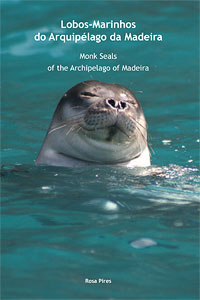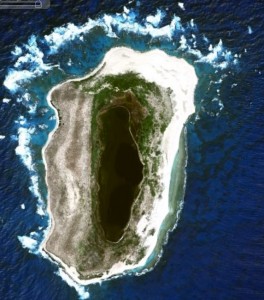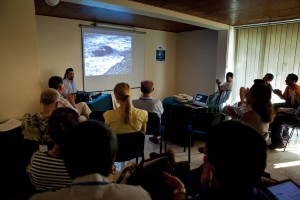In a press release posted on its Facebook page, the Management Body of the National Marine Park of Alonnisos Northern Sporades (NMPANS), has expressed its disgust and regret over an incident which saw a Coast Guard officer spray automatic gunfire at semi-wild goats at Planitis in the internationally-recognised monk seal protected area. The President of the Management Body has stated that the Park will now determine what course of action to take against those responsible for the incident.
The NMPANS is regarded as one of the most important monk seal breeding habitats in the Mediterranean.
Originally posted on YouTube — apparently by the perpetrators themselves — video of the shooting spree provoked widespread condemnation. Although the video has since been removed by the user from YouTube, it is still available on other channels.
Conservationists are now left to wonder whether this was a “one-off” incident — or whether other offences may have been committed, possibly within the Core Zone of the Park. As TMG has reported on many previous occasions, with chronic funding shortages facing the NMPANS Management Body, effective guarding and monitoring remains essentially non-existent. Annual monk seal pup counts have not been taken for years, rendering any reliable assessment of the population or conservation measures, impossible.
Video: katsikopolemos 2


 The Hawaiian Monk Seal Research Program is posting some fascinating updates and observations on its
The Hawaiian Monk Seal Research Program is posting some fascinating updates and observations on its 
 […] Since the early 1990s, when sightings of the rare creatures became a regular appearance throughout the inhabited Hawaiian Islands, tourists have flocked to take their pictures. Monk seal images now adorn magazines, postcards, T-shirts and caps. Diligent volunteers erect barrier ropes around sun-bathing seals, track their movements and guard their pups.
[…] Since the early 1990s, when sightings of the rare creatures became a regular appearance throughout the inhabited Hawaiian Islands, tourists have flocked to take their pictures. Monk seal images now adorn magazines, postcards, T-shirts and caps. Diligent volunteers erect barrier ropes around sun-bathing seals, track their movements and guard their pups.